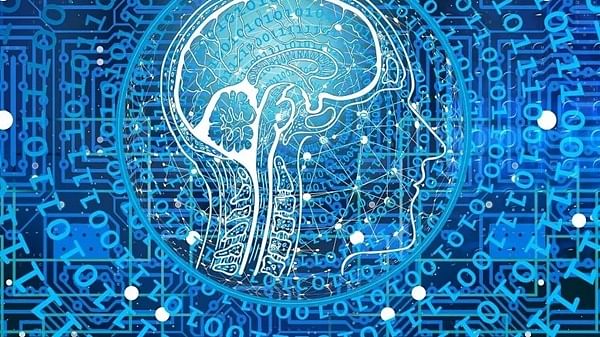State-of-the-art technology redefining the education ecosystem
Technology-assisted learning isn't a new concept. Schoolnet has been working in this industry for over two decades. However, in the previous two years, it has grown in popularity and accessibility.
Technology has pervaded the education industry, bringing with it a slew of perks such as online classrooms, personalised learning applications, gamification, and the use of multimedia resources to study.
Artificial Intelligence (AI) and automation are ushering in a wave of disruptive breakthroughs in school-based learning, with the twin goals of scaling up quality education and augmenting each learner's learning through a customised approach.
At a time when students are under a lot of pressure, such as when exams are approaching, technology may help make the teaching-learning process smarter and more efficient.
The use of technology in education should not be limited to after-school activities. Teachers may access a multitude of worldwide resources to take their teaching to the next level by enhancing school infrastructure.
Student engagement will rise as a result of the use of films, animations, virtual experiments, and interactive smartboard elements, leading to a rise in retention as well. It is critical to grasp and recall things from the moment they are given in order to perform well on tests.
Technology bridging the gap
In its suggestions to fight learning poverty, the World Bank emphasises the need of home studies to supplement what pupils learn in school. Reading the same literature as in school or viewing films to help with conceptual clarity, virtualizing the same experiments done in schools, and using e-readers are all excellent ways to synchronise a child's learning path. Through curriculum-aligned electronic textbooks, practice engines, and adaptive assessments, technology may give that learning continuity at home.
For example, practice is essential to mastering a topic like math. After a student has grasped a notion and the reasoning behind a theorem (which may be taught in a variety of ways), it is critical to practice its application in order to do well in tests. Many practice questions are included in today's textbooks, however they are not always suited to each student's competency levels. This is where AI/ML comes into play.
It learns a student's habits and typical blunders, analyses his or her necessary knowledge, and then offers a customised learning route based on this analysis. It may also create more and more questions for the student to practise with in seconds.
The software's recommendations get more precise as one practices more. This repetition and reiteration of questions covering a variety of topics is far more efficient than depending on a set of limited questions that all students, regardless of their learning abilities, employ. It also provides immediate and personalised feedback, which is not always achievable in a single-teacher classroom.
For example, Geneo, our customised learning app, uses ongoing evaluations to verify that a student understands a concept before moving on, or it offers pre-requisite subjects that need to be reviewed. It enables a learner to return to the needed point in the overall learning curve and guarantees that the foundations are learned in order to acquire proficiency at each level.
Content suggestions based on user behaviour fit the learner's preferred learning style through implicit feedback. Not only Math, but also disciplines like Social Studies and English, may benefit from technological assistance — annotation tools, e-readers, grammar quizzes, and comprehension exams, among other things – can all be used to improve outcomes.
Advantages of incorporating technology
There are several advantages of using technology to enhance learning. However, it cannot be done haphazardly, leaving schools and teachers behind. We think that India's education system requires a comprehensive ecosystem approach that includes students, teachers, schools, and after-school education providers.
The country also needs to increase everyone's access to high-quality education and EdTech, which means that tech-enabled education should be provided in vernaculars, be inexpensive while still being of high quality, and collaborate with the government and low-cost private schools. In today's world, technology is a tremendous facilitator that cannot be overlooked.
Education must not be left behind when everything around us becomes 'smart' and highly personalised - from ad recommendations to wearable technologies. This is not to say that conventional teaching-learning methods should be abandoned, but rather that they should be supplemented in order to reach more students and improve learning results depending on each learner's individual learning styles.
(Shourie Chatterji, Chief Digital Officer Schoolnet India. Views are personal)
(To receive our E-paper on whatsapp daily, please click here. We permit sharing of the paper's PDF on WhatsApp and other social media platforms.)
Published on: Sunday, May 15, 2022, 11:00 PM IST








Gloss